

Digital photography with the Motic K500: a great microscope for beginners and advanced users that scores high marks for its price-to-performance ratio
With our LM digital adapters, which feature built-in precision optics, modern, powerful SLR or mirrorless system cameras can be attached to the Motic K500 in a few simple steps– either via the eyepiece tube or (if available) the phototube.
The Motic K500 stereo microscope employs a common main objective (CMO) or Galilean optical system, meaning that its optics are infinity-corrected and can therefore be easily customised to individual requirements thanks to the optical system’s modular structure. The microscope uses two slightly off-centre optical paths through a single lens to create the stereo image. Unlike the Greenough optical system, which has two zoom optical paths inclined at an inward angle, the light paths are put in parallel which is a huge advantage for photography. Because the K500 does not use complex zoom lenses, it delivers better image quality than comparable Greenough stereo microscopes. Priced at about EUR 1,800, it offers an excellent price-to-performance ratio.
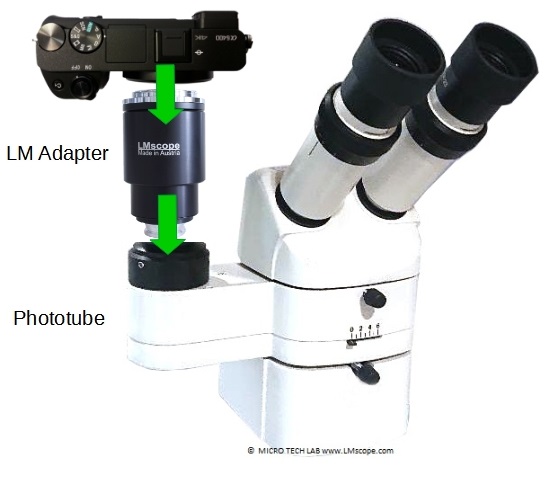
Because stereo microscopes are generally designed with a low magnification power, the best results can be achieved with cameras that have large image sensors. The full-frame cameras currently available on the market – digital SLR, system or hybrid cameras – feature a wide dynamic range, high light sensitivity and a large number of pixels. The higher the number of pixels, the smaller each image can be broken up into tiny segments and in turn, the better the sensor’s ability to record small details in sharp focus. Designated microscope cameras, such as the Nikon DS-Ri2, also deliver very good results. For routine tasks, where the best possible image quality is not always hugely important, C-mount cameras are another alternative, but they don’t provide image quality equivalent to that of large-sensor cameras. For more information on making a camera selection, please see this info page.
The Motic K500 utilises a 5-step magnification changer with a rotary knob and standard stops at 6x, 10x, 16x, 25x and 40x.
The interpupillary distance (the distance between the two eyepieces of the microscope) can be adjusted, which means the microscope is customisable to users with smaller faces (children and young adults). The K500 offers a flexible 54 mm to 76 mm of interpupillary adjustment. The standard version of the microscope comes with wide-field eyepieces (23 mm), which are inclined at a 45 degree angle and are also suitable for eyeglass wearers. In addition, four versions of micrometer eyepieces are available, which have integrated reticules for measuring purposes. A large working distance of 89 mm with the standard lens leaves enough space to move the specimens around. Optional lenses (with a magnification range from 0.3x to 2.0x) provide working distances between 236 mm and 25 mm.
The K500 weighs about 6 kg and is simple to store. It is also available with a discussion bridge (which allows the beam to be split and displayed in two different observation tubes so that two users can simultaneously observe the specimen), and a drawing system, which enables the observer to transfer the rough outlines and proportions of an object onto paper. The modular design is complemented by a range of different illumination options.
The K500 comes as a binocular version or with a phototube. It is available as a beam splitter (for approx. EUR 280) between the main microscope body and the eyepiece tube and can be used to attach digital SLR and mirrorless system cameras as well as C-mount microscope cameras to the microscope.
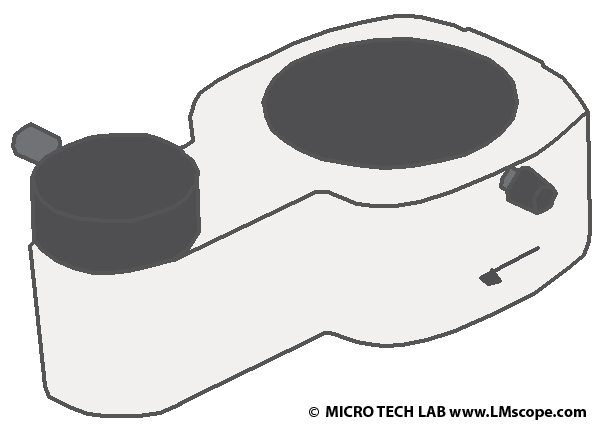
A C-mount 1x adapter is available from Motic, but we also carry a suitable C-mount 1x connector in our product range, which forms the basis for the main adapter which is customised to the respective camera model and is equipped with integrated plan-achromat precision optics.
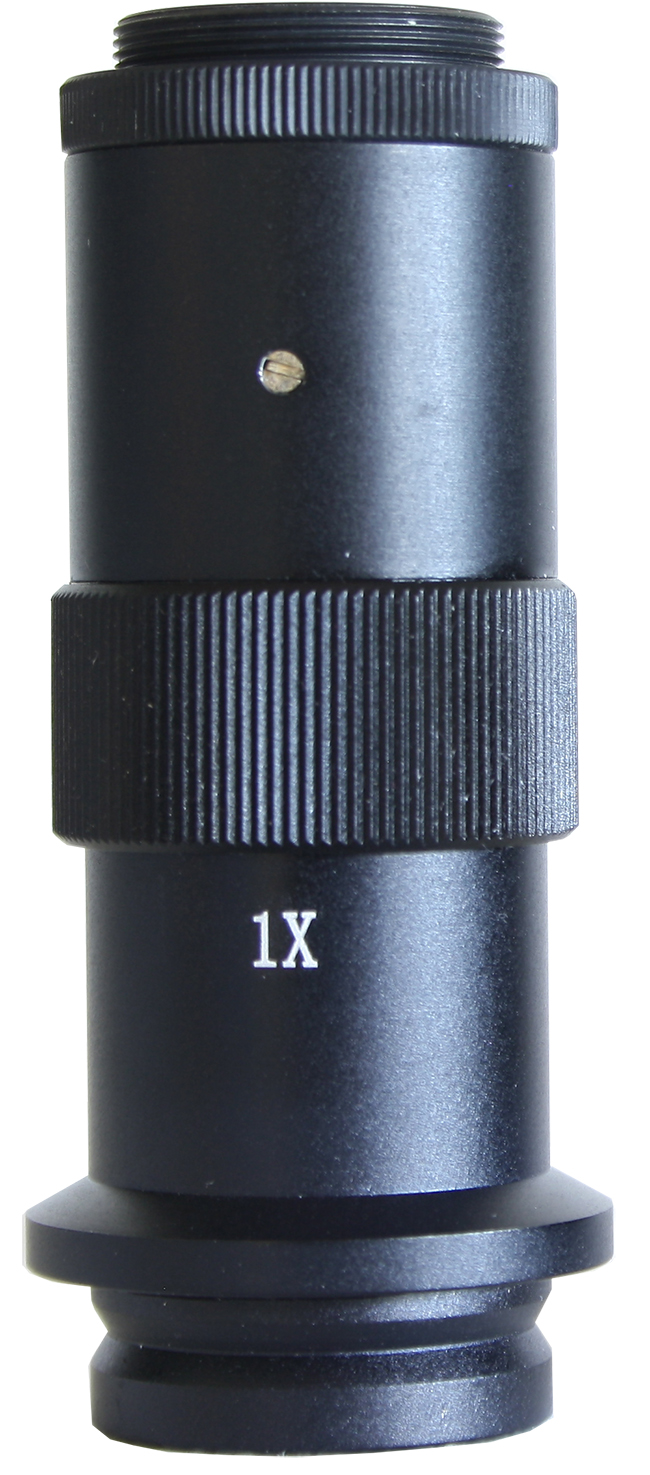
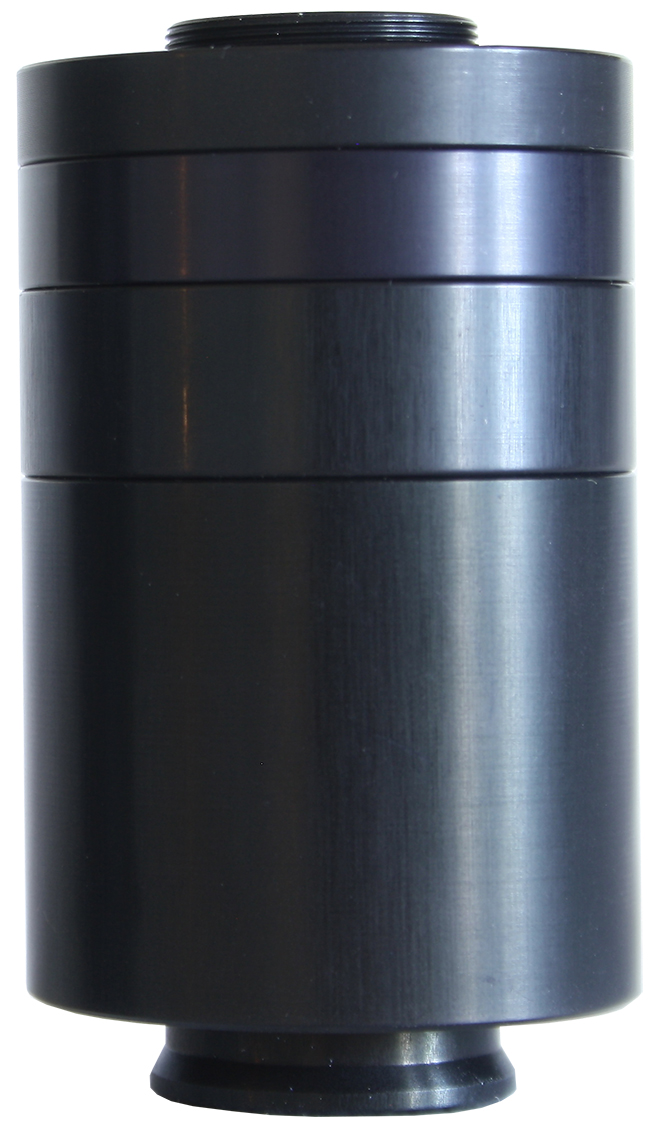
Original Motic C-mount 1x and LM C-mount 1x for Motic
Our LM C-mount 1x adapter consists of several parts and can be equipped with an optional filter holder which accommodates a selection of optical filters (polarisation filters, grey filters, UV filters, IR filters, etc.). With these, you can discover an entirely new world of microscopy.
The image below shows the camera-microscope connection options. In addition to the recommended method of connecting the camera directly to the phototube of the microscope, it is, of course, also possible to attach it to the eyepiece tube with 30mm inner diameter. To do this, one eyepiece is removed and the camera-adapter combination is put into its place.
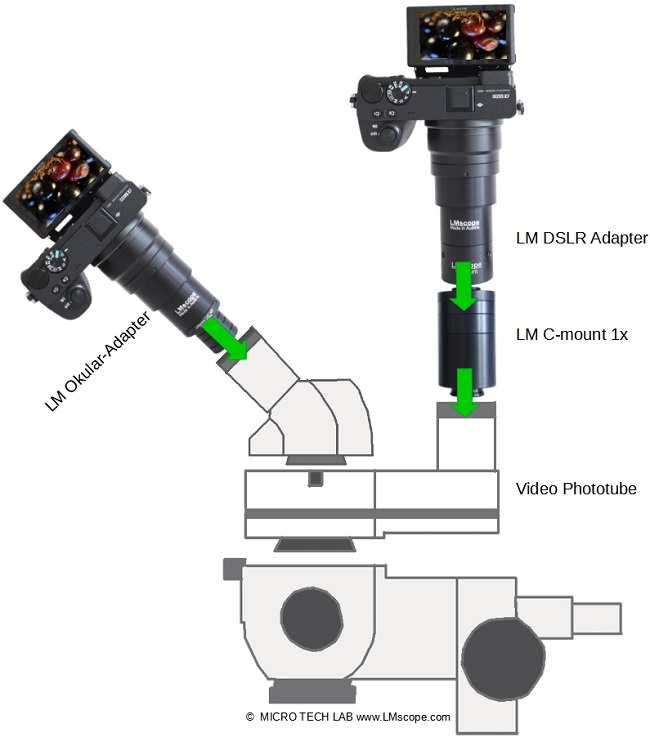
Conclusion: The Motic K500 is an interesting microscope for beginners and advanced users. It delivers great image quality and can be paired with large-sensor digital cameras by simply attaching them to the phototube. Its large working distance and fixed magnification steps make the K500 a pleasure to work with.
Photography:
Fitting the microscope to digital single-lens reflex (DSLR), mirrorless interchangeable-lens cameras (MILC ), digital single-lens mirrorless (DSLM) or C-mount cameras is easy with our LM digital SLR adapters, which feature a plan achromatic optical system. Our products make it possible to capture top-quality microscope images. To help you select the adapter that is right for your camera, we have set up an online configurator on our website. You can also email us – ideally with attached photographs of your microscope.
Modern DSLR and single-lens mirrorless (DSLM) offer the latest technology and are generally very well suited for microscopy applications. Most of them can be controlled remotely via PC/Mac. Because of their high sales volumes, they offer an excellent price/performance ratio compared to special-purpose microscope cameras.
Features of top DSLR and single-lens mirrorless cameras (DSLM):
- Large, powerful full-frame sensors (36 x 24 mm)
- Sensor resolution of 61 megapixels or 240 megapixels with Pixel Shift technology
- High light sensitivity (ISO 400,000+)
- Extensive dynamic range (up to 15 aperture stops/f-stops)
- Short exposure times (1/8000 second) up to 1/32,000 seconds using the digital shutter
- 4K Ultra HD or 8K Ultra HD video function
- Live video capture on external monitors in ultra HD quality
In most cases, these cameras are significantly more powerful than microscope cameras with smaller sensors (1/2" or 2/3"). On our website you will find our current camera recommendations and a camera ranking which is specifically tailored to microscopy applications.